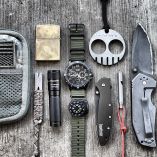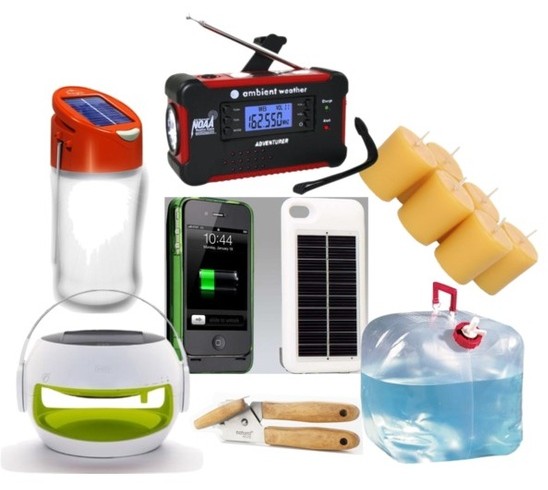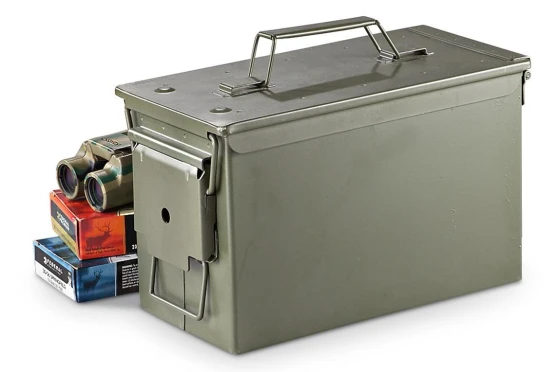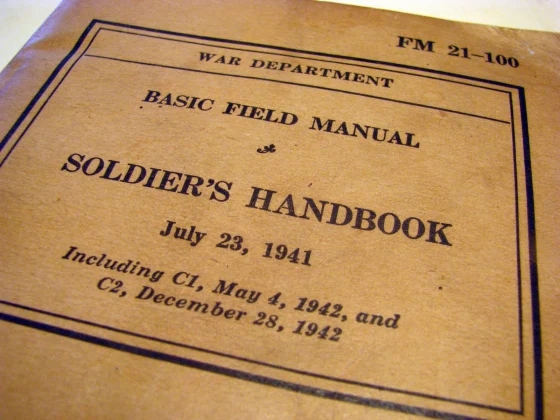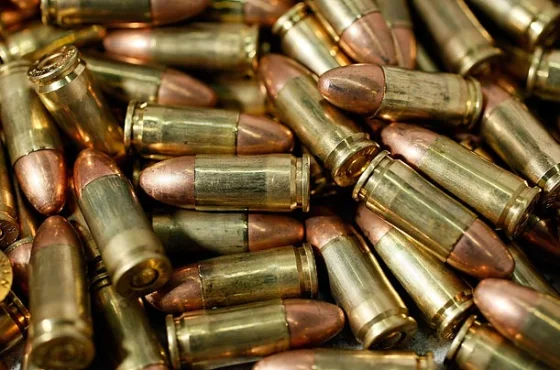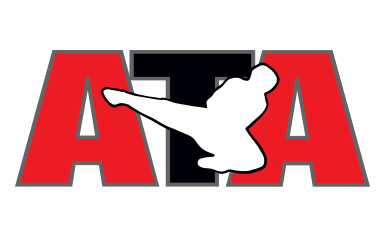Contents:
x
Camouflage Essentials:
Camouflage is the use of any combination of materials, coloration, or illumination for concealment, either by making animals or objects hard to see (crypsis), or by disguising them as something else (mimesis). Examples include the leopard’s spotted coat, the battle dress of a modern soldier, and the leaf-mimic of the katydid’s wings.
back to top
Ghillie Suit:
back to top
Weapons Camouflage:
Types of Finishes:
- “Rattle Can” Spray Paint
- Duracoat
- Ceracoat
- Brownell’s Alumahyde
- Hydrodip
“Rattle Can” Spray Paint:
Camouflage Spray Paint:
Both Krylon and Rust-oleum brand spray paint companies makes a series of flat spray paint intended for do-it-yourself camouflage painting.
 Spray paint is not a very durable finish. It will easily chip or wear off raised or frequently touched areas, as seen around the rifle’s pistol grip and magazine release button in the photo to the right. The paint will help camouflage the weapon, but it will not effectively protect the finish from rust and corrosion. It is not appropriate to cover bare metal, or firearms with a blued finish, as discussed next.
Spray paint is not a very durable finish. It will easily chip or wear off raised or frequently touched areas, as seen around the rifle’s pistol grip and magazine release button in the photo to the right. The paint will help camouflage the weapon, but it will not effectively protect the finish from rust and corrosion. It is not appropriate to cover bare metal, or firearms with a blued finish, as discussed next.
Do Not Spray Paint Blued Guns:
Important: Do not spray paint blued guns.
Blued guns will easily rust if they are handled and then put away without cleaning and properly protecting. The salt from your hands will cause rust. Exposure to damp or salty air will cause rust. While blued guns are pretty, they are very susceptible to rust if not properly maintained.  As seen in the photos to the right, if you are going to paint a firearm you are first going to have to degrease it or the paint won’t stick. Degreasing the finish will leave it vulnerable to rust. Painting over the degreased finish will protect the metal until the paint is scratched or worn through and the metal is exposed to oxygen. The exposed metal will then start to rust. The rust may continue to grow under the paint. By the time that you notice that the paint is starting to bubble over the rust, the metal underneath may already be severely pitted. It is okay to paint over parkerized or old Duracoat finishes as they are bonded to the metal, however you do not want to spray paint a blued gun.
As seen in the photos to the right, if you are going to paint a firearm you are first going to have to degrease it or the paint won’t stick. Degreasing the finish will leave it vulnerable to rust. Painting over the degreased finish will protect the metal until the paint is scratched or worn through and the metal is exposed to oxygen. The exposed metal will then start to rust. The rust may continue to grow under the paint. By the time that you notice that the paint is starting to bubble over the rust, the metal underneath may already be severely pitted. It is okay to paint over parkerized or old Duracoat finishes as they are bonded to the metal, however you do not want to spray paint a blued gun.
Spray Paint Tricks & Cheats:
Practice your technique before you attempt to paint the actual firearm. Camouflage an old BB gun or yard tool, or simply practice your technique on a large piece of cardboard.
Use brakes parts cleaner or some type of degreaser to thoroughly remove all of the oil from the finish of your firearm or the paint will not stick. Be careful that whatever product that you use does not come in contact with any rubber seals on optics or illumination devices as it may compromise the waterproof integrity of the seal.
Use masking tape (painter’s tape) to block paint from entering the internals of the firearm as it may impede movement of parts may adversely affect firearm reliability. Keep paint off of any undesired areas (scope turret indicators, optic lenses, etc.).
Practice your spray technique on another object, such as a yard tool or your child’s BB gun, before spraying your firearm.
With spray paint, less is more. Use lots of light applications so that paint does build up and run.
Use tan as your base color.
Duracoat Firearms Finish:
Ceracoat:
Brownell’s Alumahyde:
Hydro-Dip:
Tricks & Cheats:
Use tan as your base color.



















































